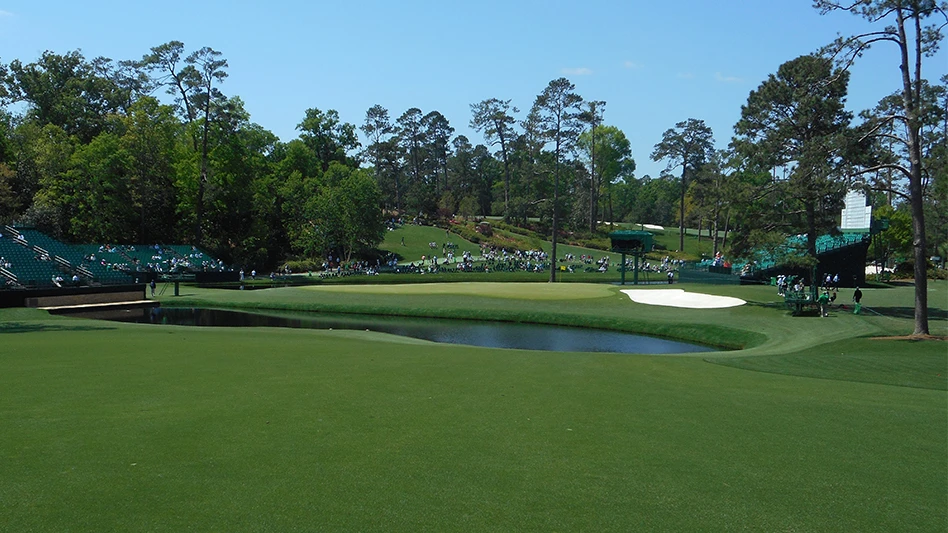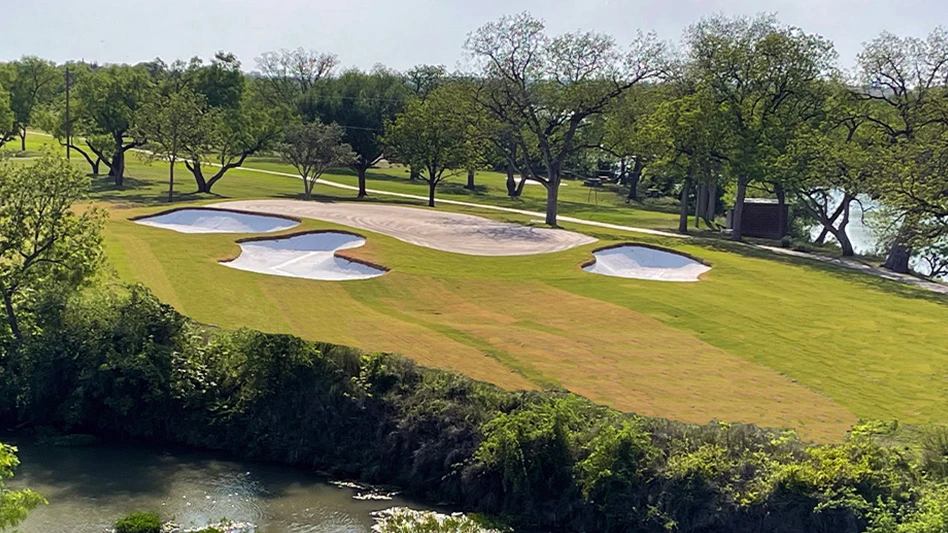 Jeffrey D. Brauer Jeffrey D. Brauer |
Given the importance of trees to your golf course, “now” is always the time to develop a long-term plan for these important landscape elements. Some courses hire landscape architects for tree planting plans, failing to realize what a golf course architect brings to the task. Those talented, well-intentioned landscape architects then often locate the wrong trees in the wrong places, out of an ignorance of good golf. Many golf course architects are also landscape architects, and can consider all aspects to your tree planting master plan. These will include:
I once hired a non-golfing, college student as a summer intern and took him to a meeting for experience. Ignoring my instructions to remain silent, he burst in to suggest plantings of pines in play areas, believing that lost balls contributed to difficulty, which he thought was a good thing on a public golf course. It’s not an arboretum. Turf health also trumps landscape beauty, making trees of secondary importance to shade, framing, safety, etc. A golf course architect also considers the relatively high cost of various species (such as breaking limbs and short lifespan of cottonwoods) or use of attractive, but non-native species that require regular high maintenance practices that don’t necessarily reflect in your bottom line when devising a tree plan.
Short version. Don’t forget your trees in long term planting, and don’t forget that you golf course architect is probably the most conversant in how trees affect your golf experience. |

Explore the June 2012 Issue
Check out more from this issue and find your next story to read.
Latest from Golf Course Industry
- PBI-Gordon promotes Jeff Marvin
- USGA investing $1 million into Western Pennsylvania public golf
- KemperSports taps new strategy EVP
- Audubon International marks Earth Day in growth mode
- Editor’s notebook: Do your part
- Greens with Envy 66: A Southern spring road trip
- GCSAA’s Rounds 4 Research auction begins
- Quali-Pro hires new technical services manager





